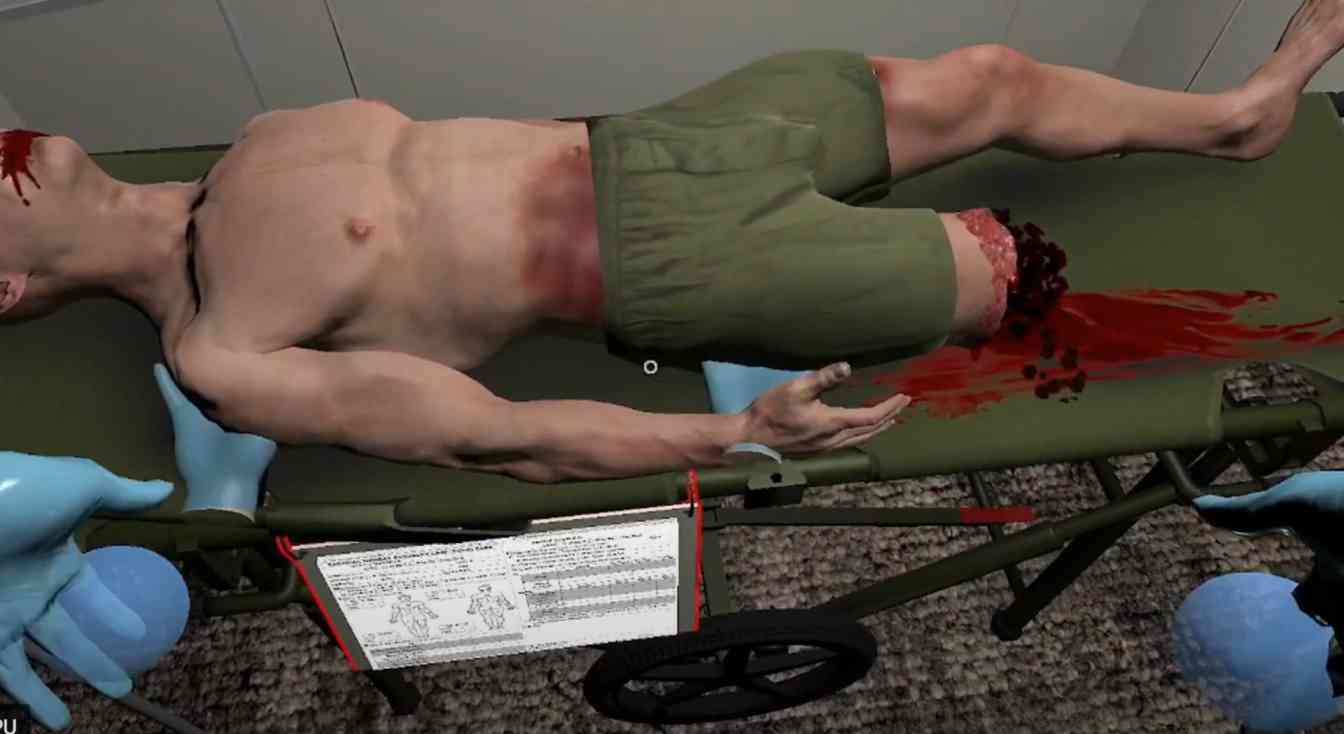
A study led together with the Department of Emergency Medicine, Madigan Army Medical Center, Tacoma, WA.
In military medicine, rapid and effective trauma resuscitation is critical. We investigated the use of Immersive Virtual Reality (IVR) for training in unfamiliar environments to improve trauma resuscitation performance.
The military healthcare landscape frequently necessitates the deployment of medical clinicians to unfamiliar treatment environments. Conventional training methodologies have often proven inadequate in preparing them for the multifaceted exigencies of these scenarios. In contrast, IVR exhibits the promise of providing a high-fidelity training platform, characterized by its realism and capacity to engender spatial memory. Notably, its efficacy has been demonstrated in analogous experiential training domains, such as the aviation industry.
This study postulates that individuals trained within IVR environments, replete with interactive trauma scenarios, will manifest a heightened propensity for rapid acclimatization to unfamiliar operational settings, concomitant with reduced intervals to life-saving interventions and an overall augmentation in trauma resuscitation performance.
Preliminary results from our Virtual Reality Trauma Simulator project suggest that IVR training improves performance in real-world simulations. Participants show shorter response times and improved readiness.
This research underscores the prospective transformative potential of IVR in the realm of military medical training. By elevating trauma resuscitation performance within unfamiliar operational contexts, IVR emerges as a potent tool for enhancing the efficacy of medical teams during deployment. Its incorporation may well prove instrumental in advancing the field and ultimately saving lives in exigent circumstances.